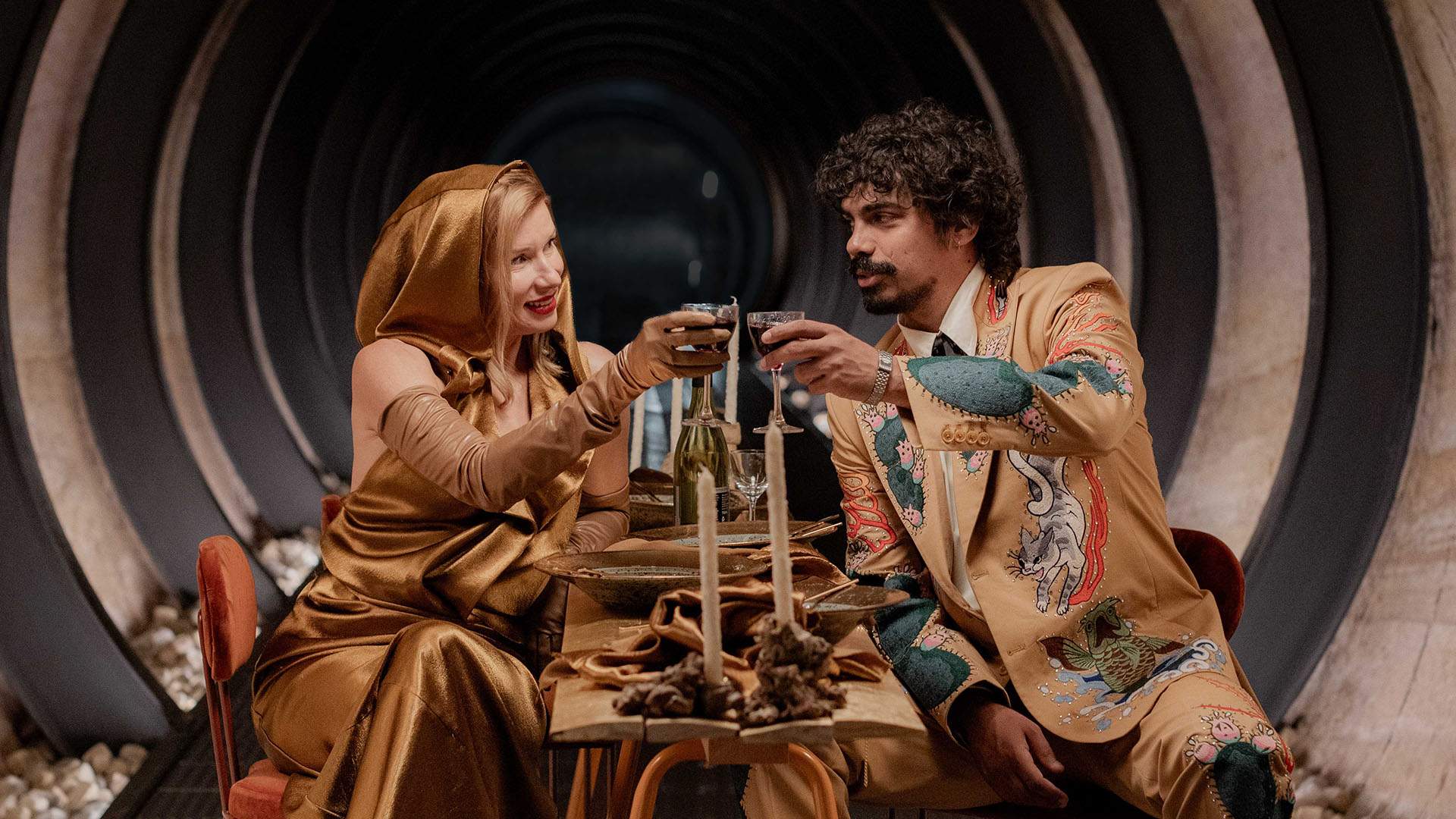Teaming Up with Mona to Put Camel, Carp and Maybe Even Cane Toads on the Menu: Tony Armstrong Talks 'Eat the Invaders'
The former footballer-turned-TV favourite's latest six-part ABC series asks Australians to consider the country's invasive species as potential dinner options.
"I'm always looking to do something new and something that excites me, and something challenging — and I think this is all of those things," Tony Armstrong tells Concrete Playground about a unique project on the ex-AFL player-turned-TV mainstay's resume. The former ABC News Breakfast sports presenter has previously hosted television shows about dogs, Australia's untold history, famous Aussie stuff, plus sport in general and football specifically. Variety has been the spice of his on-screen career so far. But Eat the Invaders was destined to stand out; a series about putting Australia's invasive species on the menu will do that.
"When I think about the kind of career I want to have, I don't necessarily want to ever be pigeonholed into one thing. And this was a great opportunity to stretch my skill set," Armstrong continues. "It was just so — I can't begin to explain how good the pitch deck and that first impression of the way the idea was going to be presented was. It was just so good. I was hooked from then."
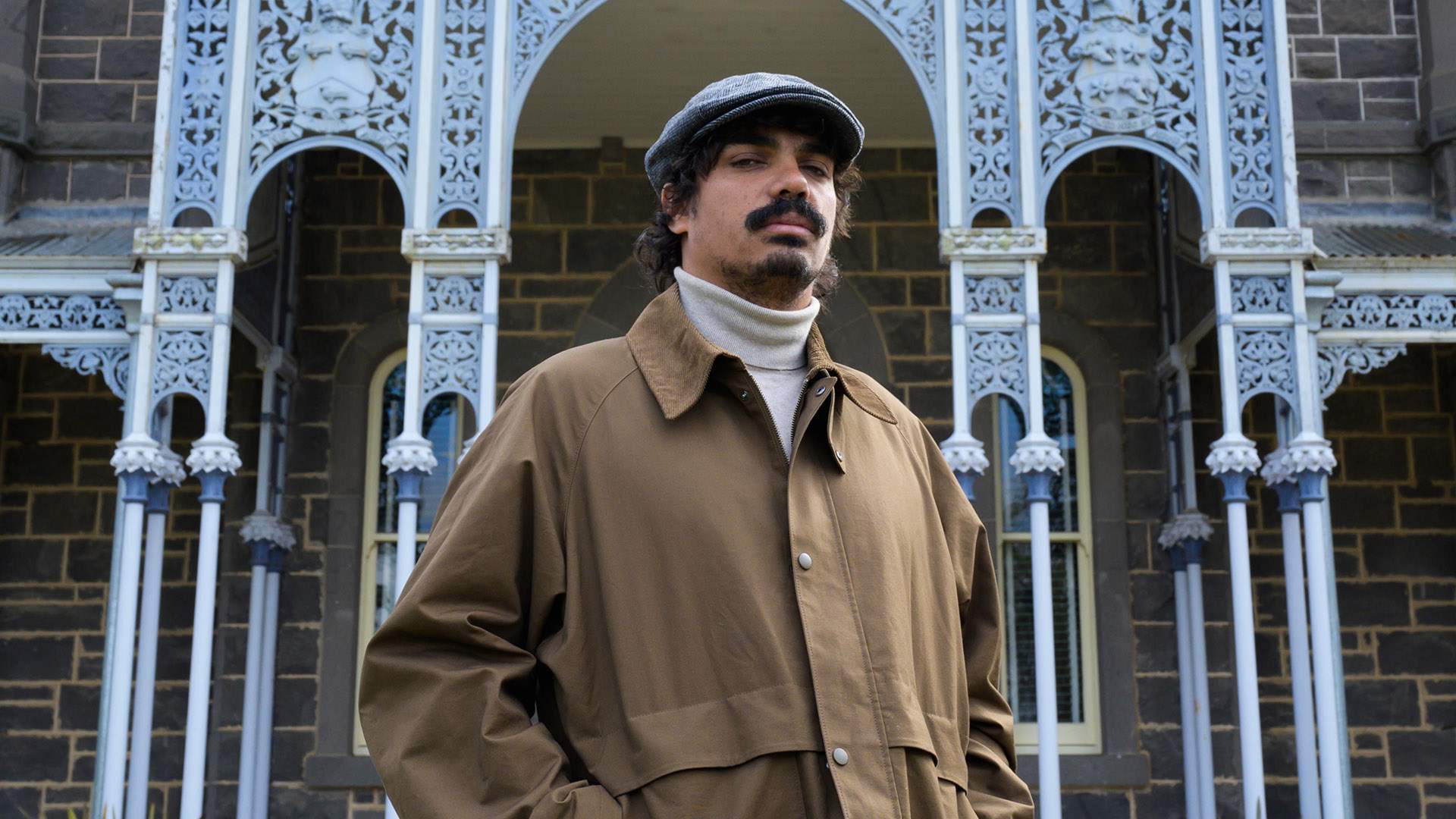
Eat the Invaders' title applies literally. Across six episodes, all of which are available to stream via ABC iView, Armstrong tours the country to explore whether animals that are waging war on Australia's native critters and plants should end up on our plates. In the process, he tucks in. Whether camel, carp or even cane toads are being considered as potential meals — rabbits, deer and sea urchin, too — each instalment dives into the history of its chosen creatures, their impact upon Australia's landscape, how people regard them, eradication efforts, the attitudes around each animal as food and why they might appeal as a meal.
The show also puts its rhetoric where its mouth is in another way, with Armstrong heading to Tasmanian art gallery Mona in every episode for a feast featuring the ingredient in the spotlight. Joining him for the series of dinners: everyone from Poh Ling Yeow, Claire Hooper and Nat's What I Reckon to Rona Glynn-McDonald — who happens to be his partner — and her filmmaker father Warwick Thornton (The New Boy), plus Dr Karl Kruszelnicki and Geoffrey Robertson.
Also driving the series, both from Mona, are artist and curator Kirsha Kaechele and acclaimed culinary figure Vince Trim. The former's Eat the Problem project — an exhibition and a book — sparked Eat the Invaders. The latter is the gallery's Executive Chef, and therefore tasked with whipping up Mona-worthy dishes using the show's menagerie. In addition, Armstrong checks in with professors Andrew Lowe and Phil Cassey, invasion biologists, as he steps through why each animal could be a candidate for the end of someone's fork.
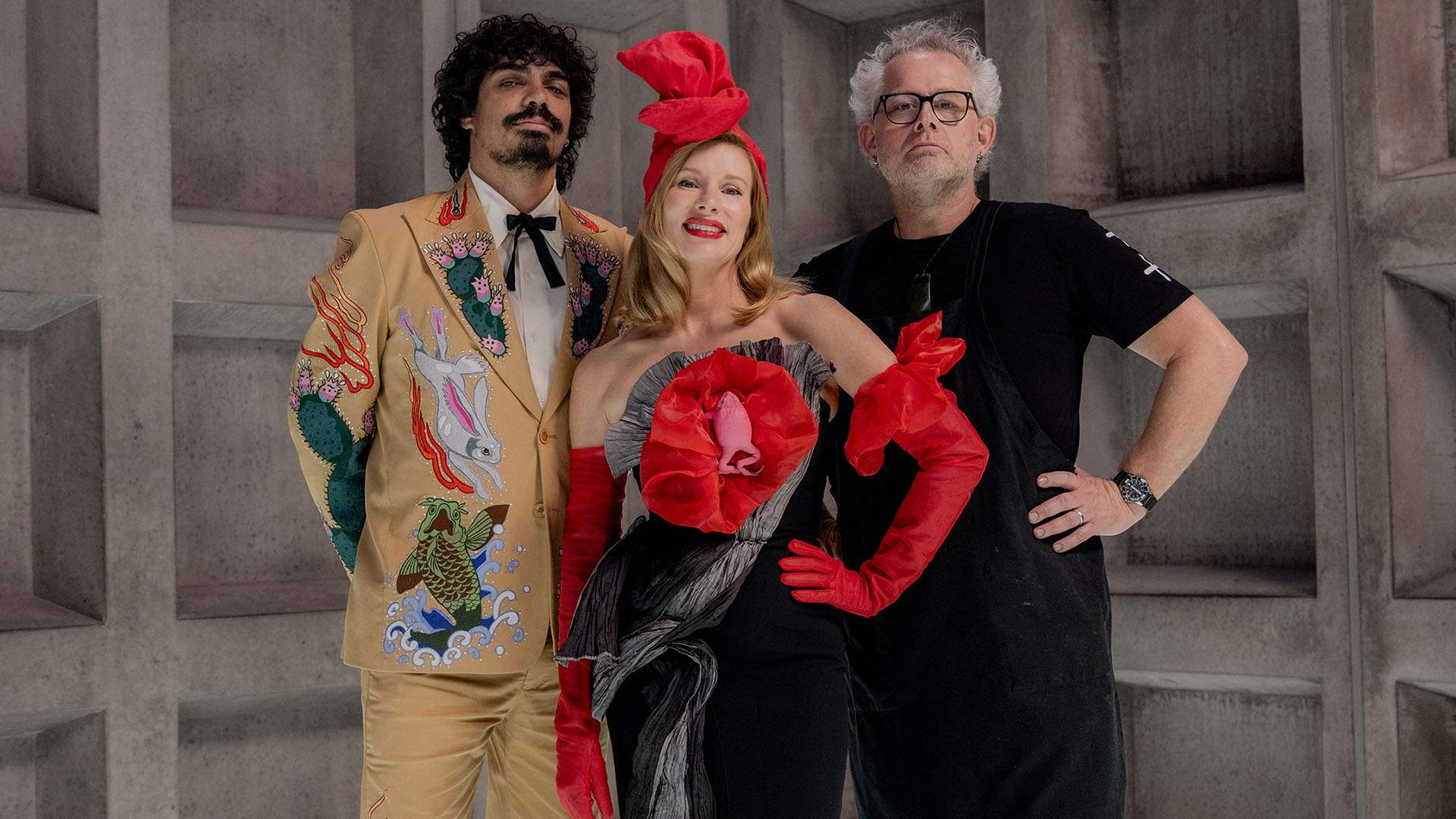
This isn't just the type of show that doesn't grace screens every day, or the kind of project that doesn't come Armstrong's way often, either — it was also a helluva way for its host to travel around Australia. "I felt like I was getting away with something: in a mail plane from Alice Springs airport, going west for three hours, flying over some of the most-beautiful country in the world, and I'm just like 'what a privilege — what an absolute privilege it is to be able to do this for work'," he notes. "Most people have to work really hard and then take time off, and then pay to do that. That wasn't lost on me."
Most people don't try the most-controversial animal on the Eat the Invaders menu, too, whether they're holidaying around the nation or not. When it comes to contemplating eating cats, Armstrong welcomes the conversation that he hopes the series will inspire, including about the destruction waged by the animals so beloved as pets. We also spoke with the A Dog's World, Great Australian Stuff and Tony Armstrong's Extra-Ordinary Things star — and former Adelaide, Sydney and Collingwood footballer, and recent Memoir of a Snail voice actor — about the challenges of making the show, which ingredient should become an everyday staple and cognitive dissonance around Eat the Invaders' topic. What excites him about a new project, plus Armstrong's journey from the footy field to here: they're part of our chat as well.

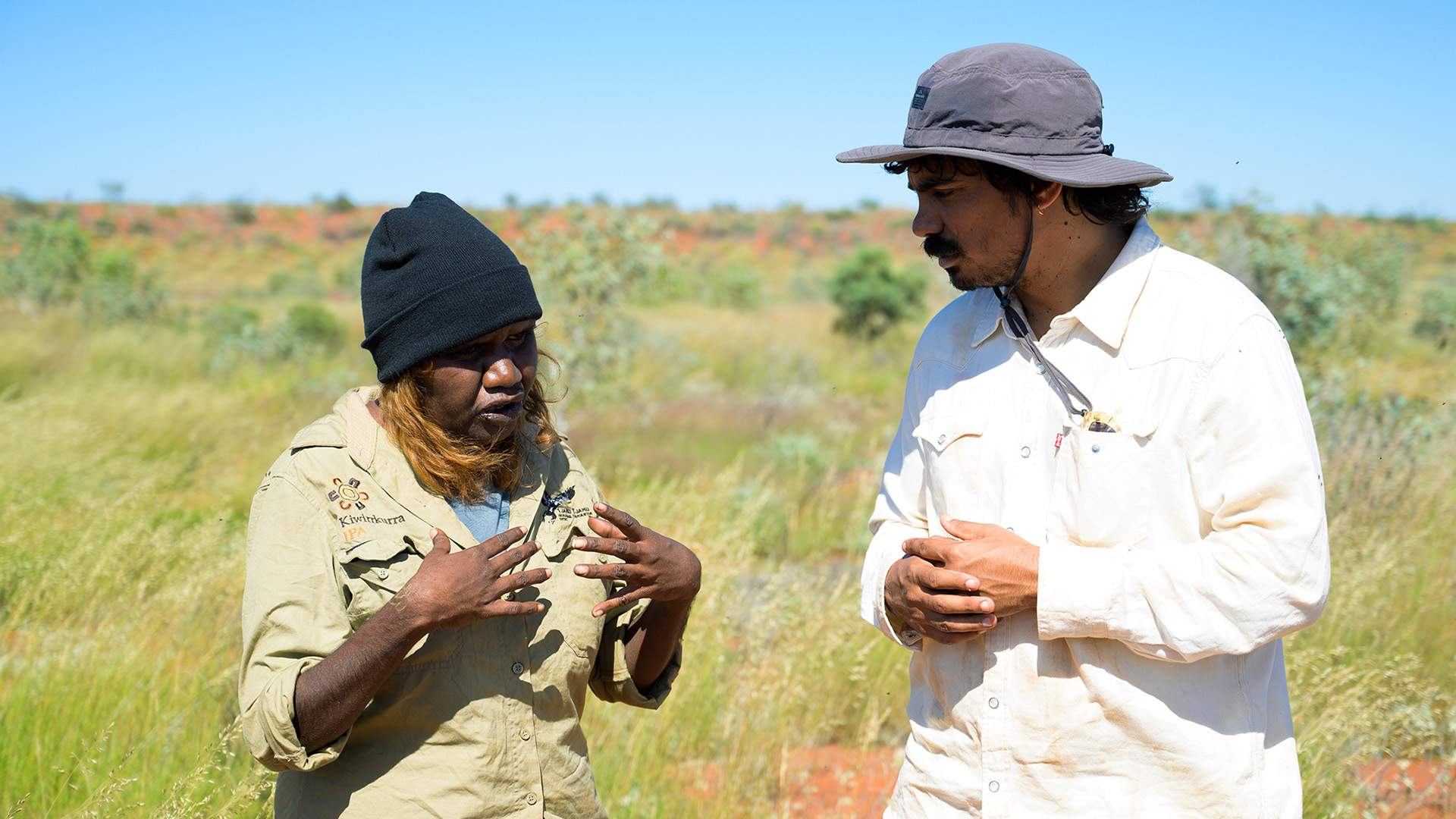
On the Animal That Immediately Stood Out Among Eat the Invaders' Different Species
"Cat. Cat for sure. Because I know how much people love them — and how love can be blind.
Cats can make great companions, all that kind of thing, but the damage that so many cats have done — feral and domestic — is crazy. They are killing machines. And our native animals here, because cats are a relatively recent introduction when you consider how old so-called Australia is, a lot of the animals don't view cats as predators yet in the way that they might view others.
They don't have those thousands and thousands of years of adaptation to know how to deal with them. So the damage that cats are doing is immense.
And what a great hook to get people in to watch an episode that isn't actually about — it's about eating cat, but it's not actually about eating cat.
I can't wait to get in arguments. The show is also about our prejudice. Why is it okay to eat a cow? What's the difference? I don't see the difference. Maybe it's because cats in popular culture are presented in a certain way, so we don't necessarily think about them in the way that we should.
And that's not to say that people shouldn't own cats and all that kind of thing. I think dealing with cats, it's about how can we be better owners? How can we be more responsible at that end? I don't want people not to have fun with an animal they love — but I want them to be responsible and think about the native animals that are getting smoked by cats."

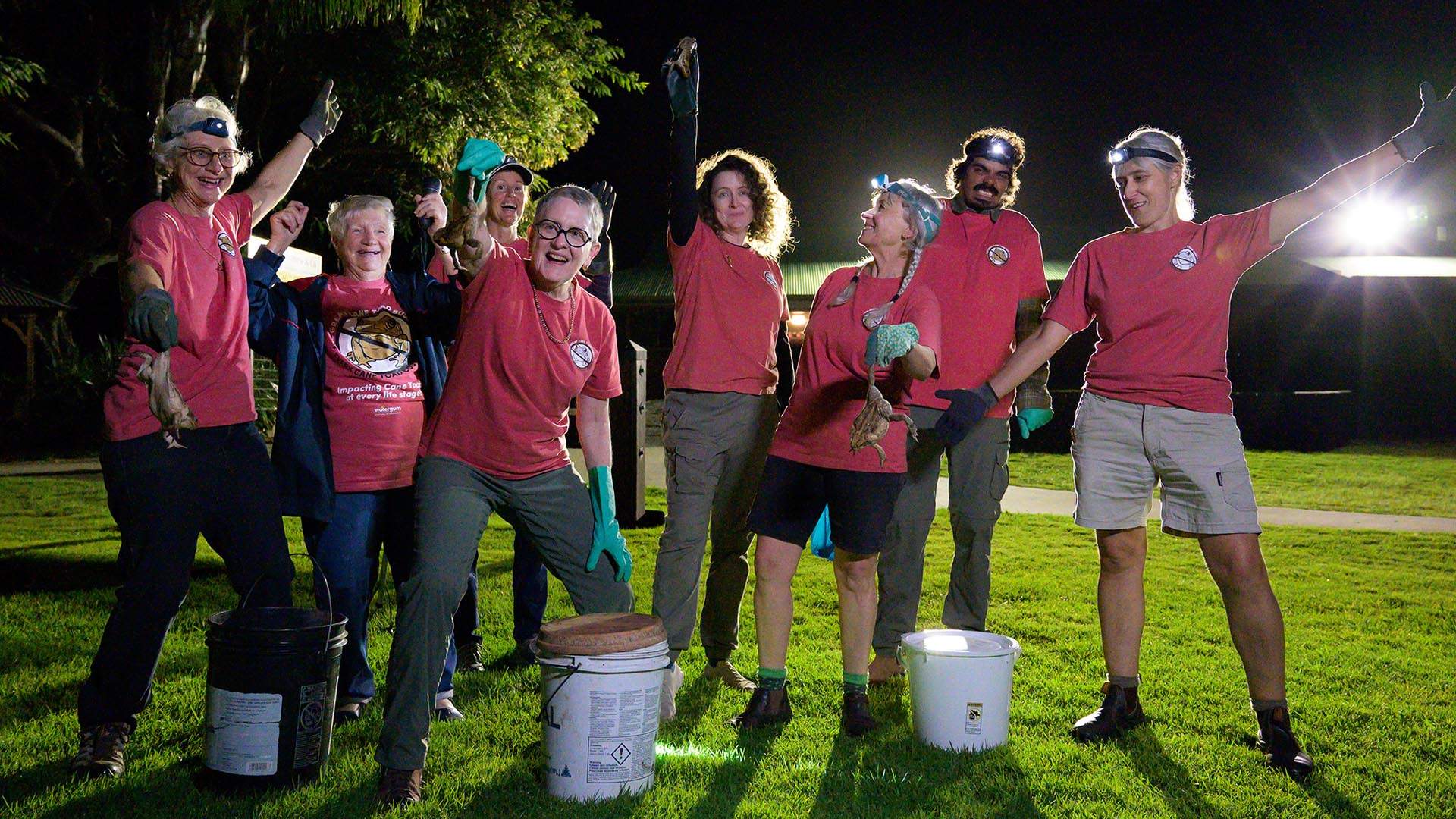
On the Biggest Challenges of Making Eat the Invaders
"I reckon the biggest challenge with any show that's factual is how do we not make it boring? How do we keep it simple?. Because we could have gone down the path of crazy, crazy high-end and deep-dive science — we could have done that.
Then it's also how can you be compelling enough to get people to listen to you talking about eating cat?, for instance. That's quite the tightrope to walk.
And then it's also 'god, I hope when we're out here in the desert, because we've got one day here, we get a cat'. We might not.
We had, I think, a day in WA to find camels, and we were lucky, we found a bountiful amount. But when we arrived on the station, they were like 'hey, look there's a huge chance we don't see any camels'. So there's that as well — trying to remain positive and upbeat about stuff, and also taking calculated risks.
You can plan as hard as you want and then things can go wrong. So I guess the other thing is about being as adaptable and as quick-thinking as you can be."

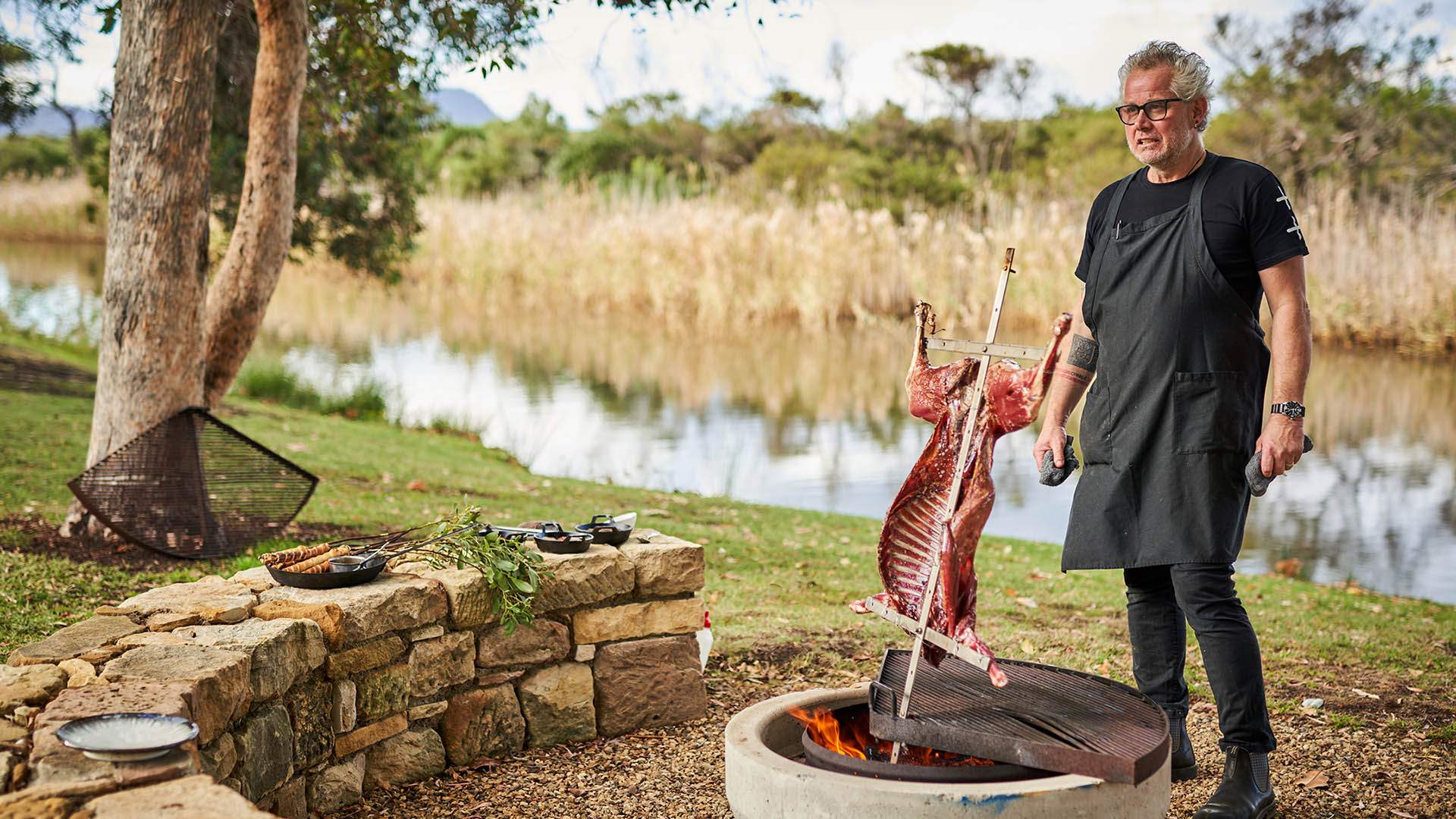
On Humanity's Cognitive Dissonance Around Animals When It's Considered Acceptable to Eat Some But Not Others
"I think so much of it is nurture. So much of it is where you're brought up, what you've done as you've grown up, the way you as an individual approach the world — do you approach the world with a growth-type mindset where you're happy to be curious and all that kind of thing, or are you more conservative, are you more fixed?
And then, are you someone who's willing to have a respectful debate?
This cognitive dissonance is just so, so interesting. I think so much of that is baked into nurture through all the different touchpoints that make us who we are."


On the One Candidate in Eat the Invaders That Left Armstrong Certain That It Should Become an Everyday Food
"Carp. It's so easily accessible.
The reason why I don't think cat is that's just not going to happen. The reason why I don't think camel is because, as delicious as it is and as many of them as there are, and how there's an industry waiting to happen, the infrastructure to set that industry up is just going to take so much investment, so the barriers to entry for that are too high.
I totally think with carp, that is such a perception thing on how the animal tastes. Everyone just thinks of it as a shit fish, right? But if it is prepared properly, and killed properly, humanely, ethically, all those kind of things, it is delicious. It is so yum.
And if you saw that episode where we're eating at Africola in Adelaide, that's some of the best food I've had. And that's carp. And Mark and Duncan just prepared two beautiful dishes showing the versatility of carp fillet versus carp in a salad.
So it's a versatile fish. It takes on all of the flavours of the food around it. There's so much carp. And we already have a fishing industry. So I think that would be the most viable one — but also I am the last person who should ever, ever take charge of a business, so huge caveat right there."

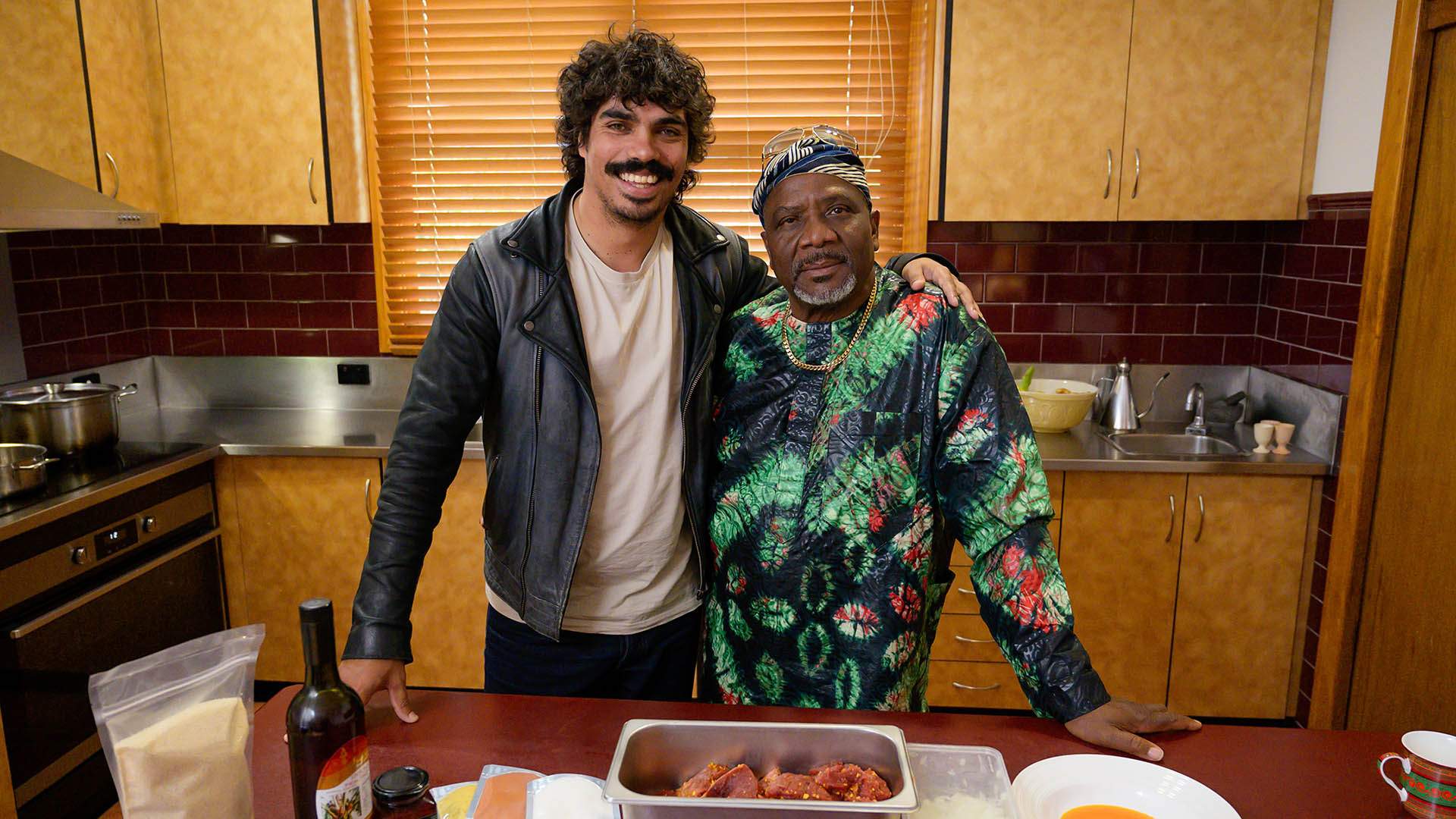
On the Species Explored in the Series That Are Part of Armstrong's Own Diet
"So I already ate camel. Not all the time, but going to the Vic Markets, there's camel that you can buy — you can buy little camel steaks and that kind of thing. And it's delicious. It is bloody delicious. I've had it beforehand, but since the show I actually ironically haven't eaten much.
I also have eaten quite a lot of rabbit in my time as well. So camel and rabbit are ones that were already part of my diet.
But I think in the winter, I'll cook a lot of rabbit. I want to make stews and little pasties and stuff like that with rabbit."

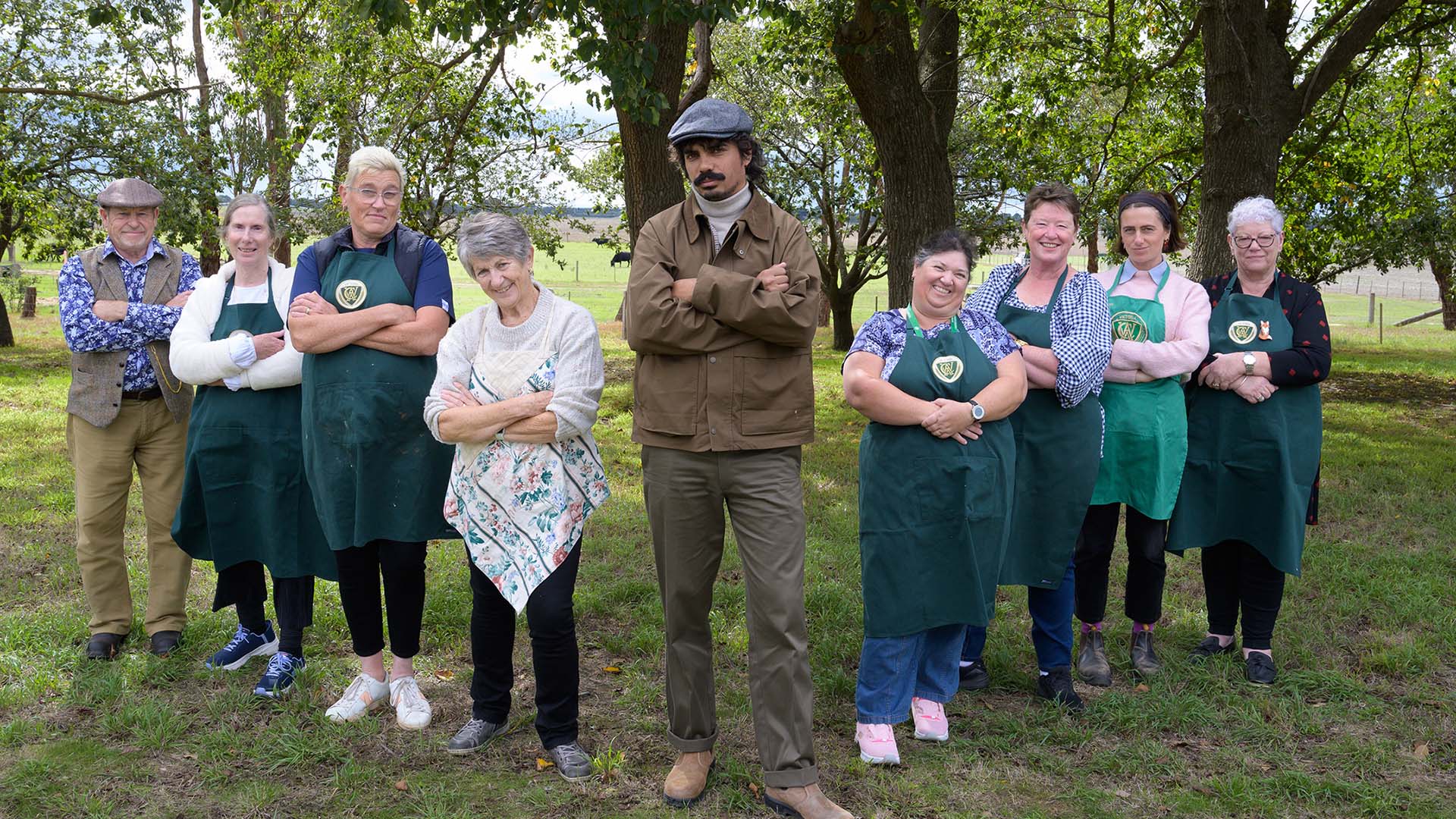
On What Excites Armstrong About a New Project, After a Unique Journey From Three AFL Clubs to an Array of TV Shows, Presenting Sports on News Breakfast, Film Voice Work and More
"I think first, as I'm as I'm getting older and I suppose more established, it's the quality of the work that is the first thing I think of. I've always thought about that, but the very first thing I think about is 'do I think this will be well-executed and do I think I can have a role in that?'.
When Memoir of a Snail came along, it was like 'hell yeah'. I've done voice acting for Reef School and that kind of thing, and I really enjoy that.
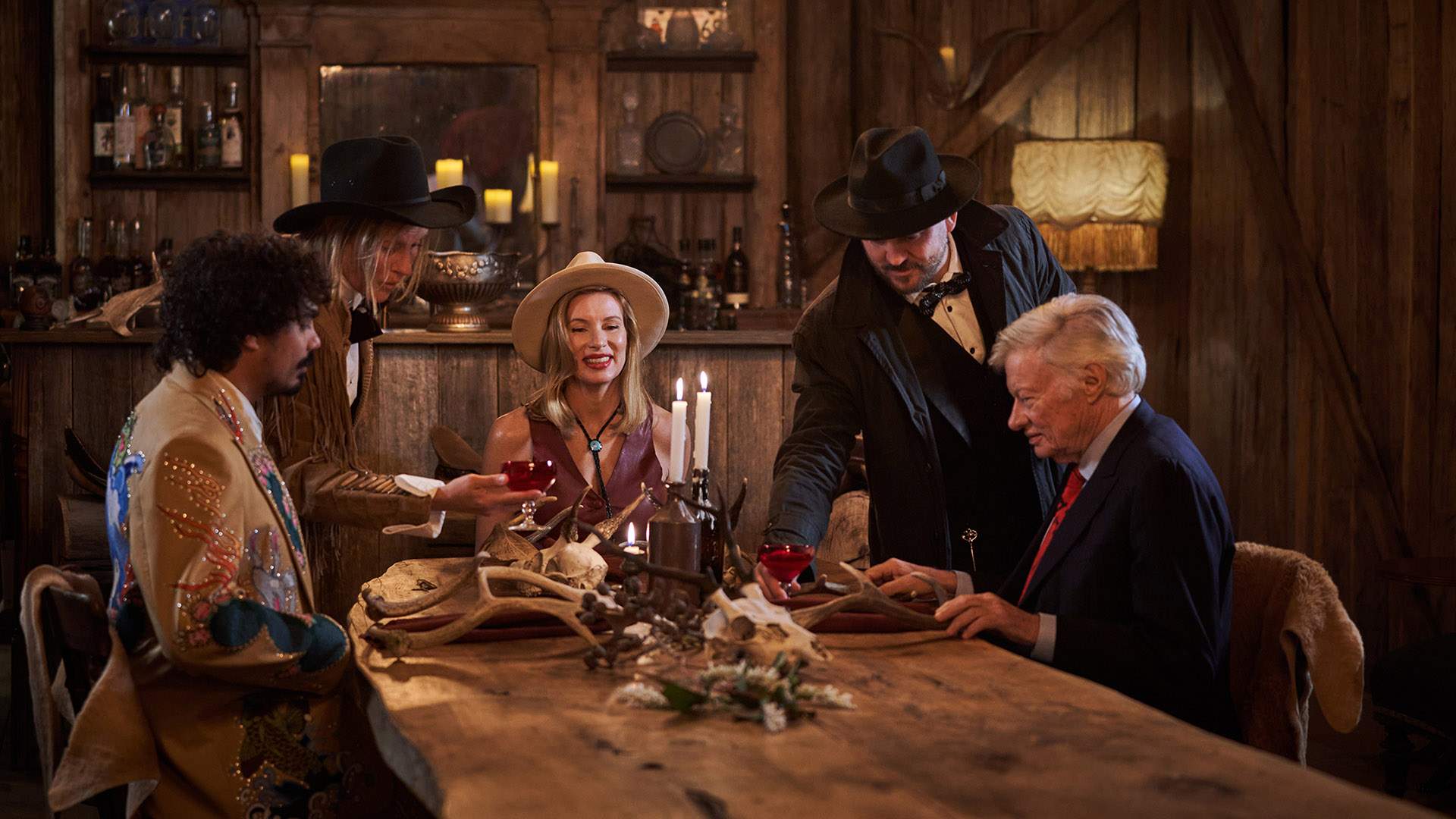
I think now it's a mixture of 'is it something new and exciting and challenging?' and then 'do I think it will be good?'. That's kind of where I'm at.
Probably the only world I haven't really gone into is proper performance, and that's something interests me.
It's just something where if I'm like 'oh yeah, I'm pumped. That sounds cool. I'm excited. I'm a bit nervous', then I know I'm in the right spot."

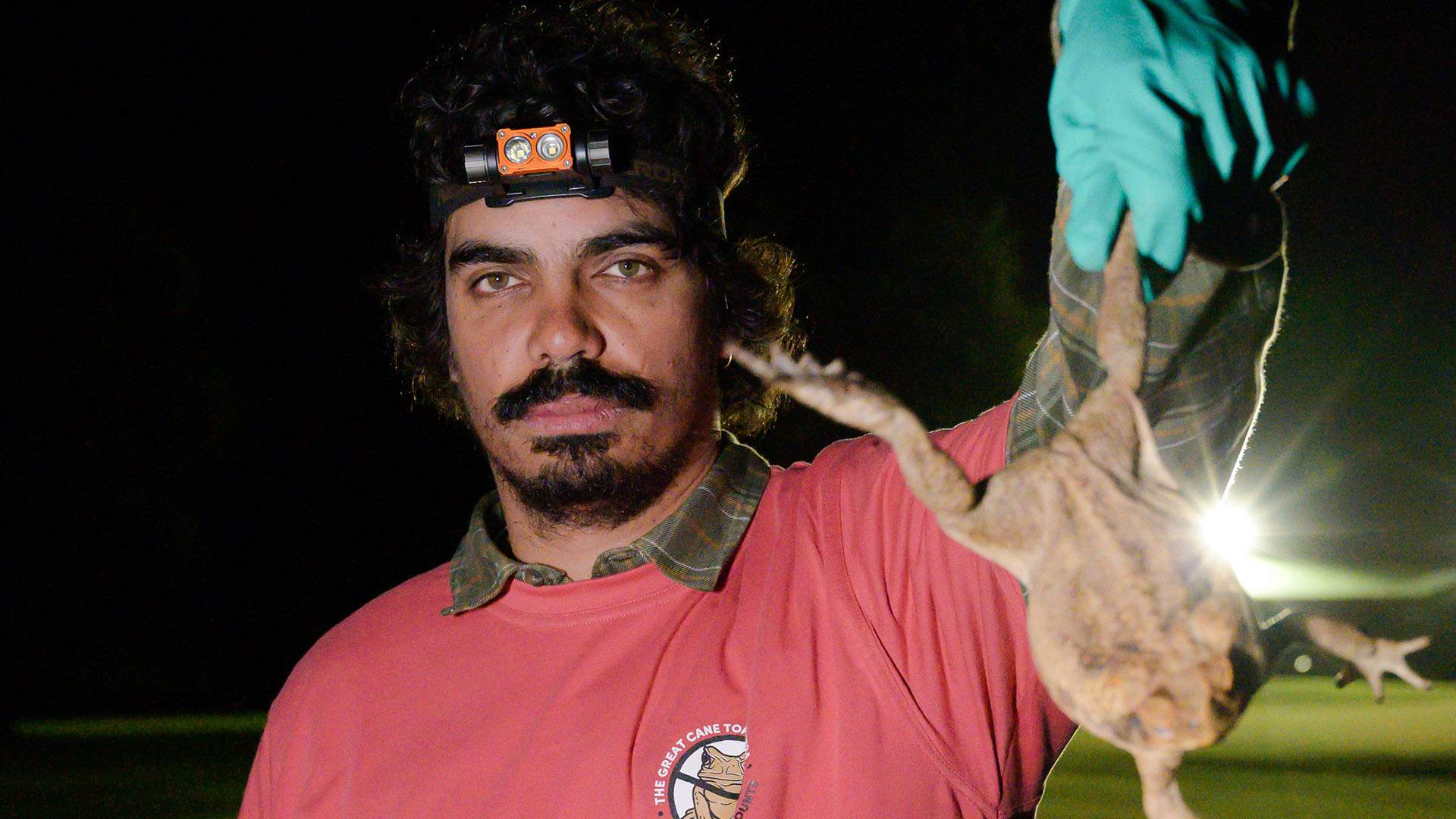
On Whether Armstrong Imagined the Path His Career Has Taken Back When He Was Drafted to Play AFL
"Not even in the slightest. When I got drafted, in my mind I was like 'sweet, I'm going to become an AFL legend' — because that's what everyone thinks, right?
Right now I'm supposed to be a bagillionaire former player who is the best ever, and I've just retired and now I smoke cigars and cruise around my many properties. Unfortunately, that wasn't quite the case.
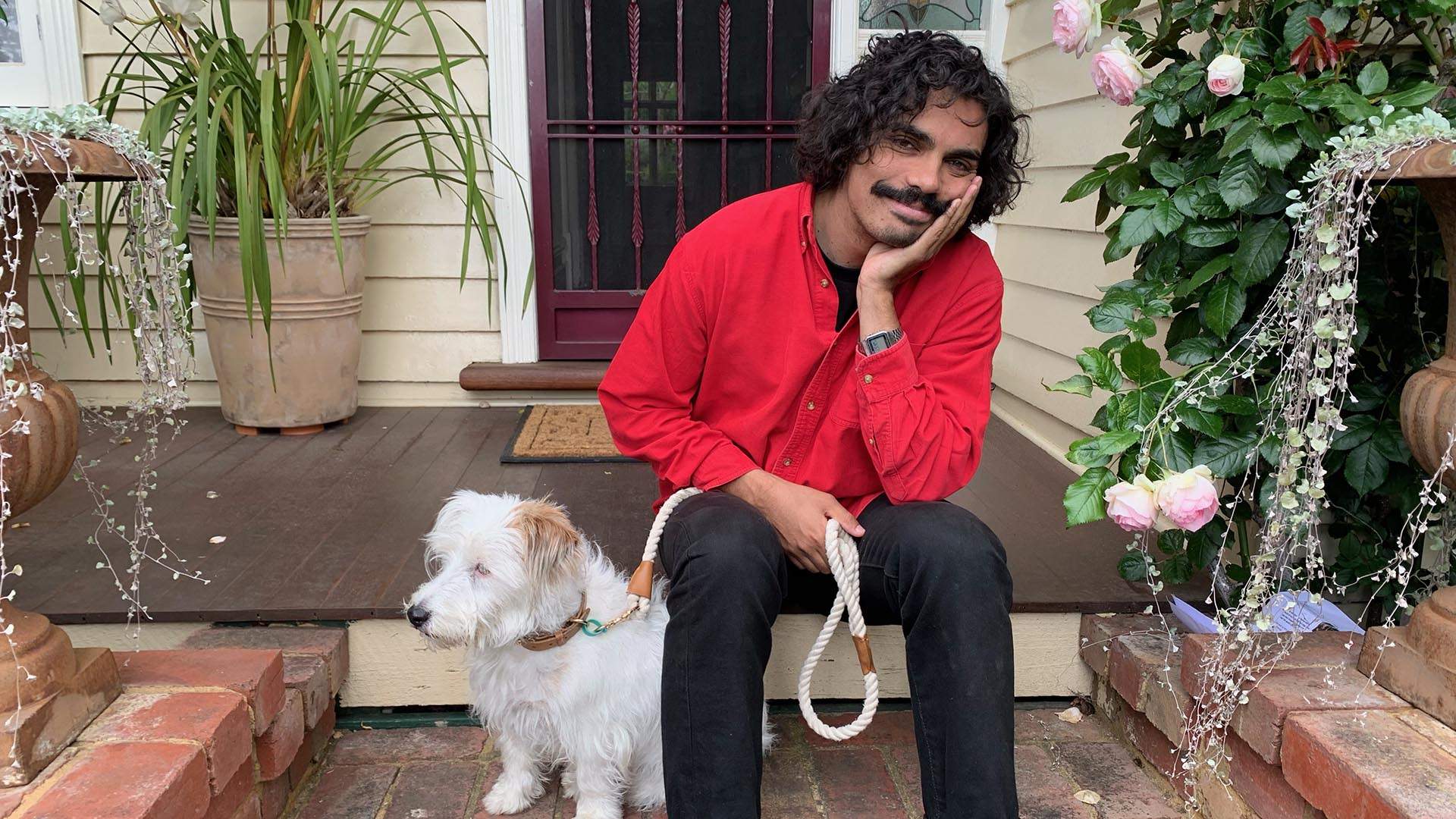
A Dog's World with Tony Armstrong
We were talking about 'not a bad way to see the country' before, and I was just like 'I'm constantly on sets or I'm in a voice booth, or I'm somewhere doing something' — and I'm like looking left and right, and I'm like 'when are they going to realise that I don't know what the fuck I'm doing? The jig's going to be up soon, Tone'.
I'm so grateful, and I work and all of that stuff, which everyone does — but yeah, a lot of pinch-myself stuff."

Eat the Invaders streams via ABC iView.
